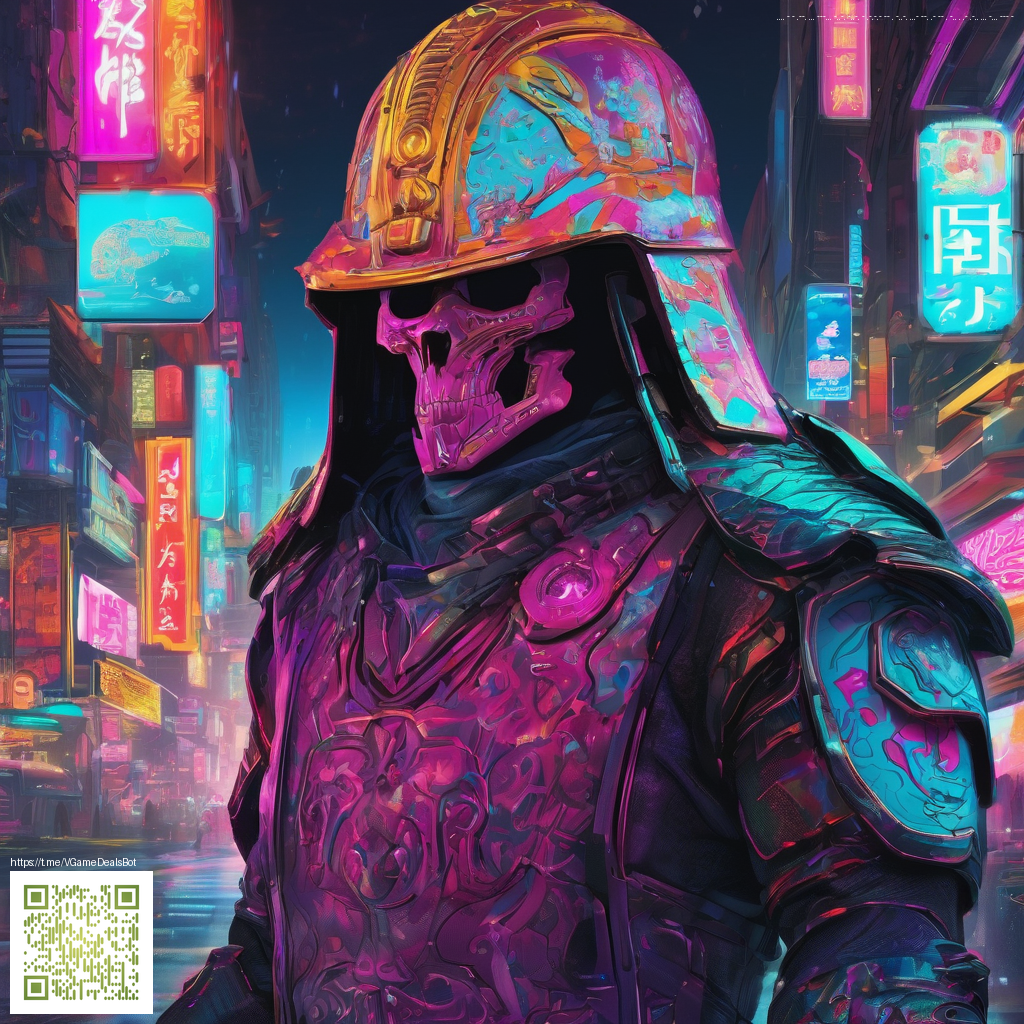
From Idea to Asset: AI Tools for Digital Creations
In today’s fast-paced creative landscape, artificial intelligence isn’t just a novelty—it’s a practical partner that accelerates how we conceive, test, and finalize digital assets. From social visuals and product renderings to interactive media and short-form video assets, AI-powered tools help you iterate quickly, explore more concepts, and push output quality higher with less guesswork. The result is a workflow that feels less like a slog and more like a collaboration where your ideas lead, and AI handles the heavy lifting.
Why AI is reshaping digital assets
AI-enabled design expands the designer’s palette beyond traditional tools. You can generate multiple visual directions from a single concept, test color systems at scale, or create motion assets that adapt to different platforms. This doesn’t replace skilled judgment; it amplifies it. With the right prompts and feedback loops, you can arrive at assets that align with brand voice, user intent, and performance metrics far faster than ever before.
But with power comes responsibility. The most effective AI workflows combine human oversight with automated pipelines. You’ll want clear guardrails for style consistency, licensing compliance for generated content, and a feedback mechanism to refine outputs toward your end goals. When done thoughtfully, AI tools become an accelerant that respects your creative boundaries rather than circumventing them.
“AI is a co-pilot for creativity—not a shortcut. It helps you explore more ideas, then you steer the plane.”
A practical workflow for AI-driven asset creation
Here’s a streamlined approach that balances exploration with deliverables:
- Define the asset’s purpose and audience—clarity here reduces unnecessary iterations.
- Craft targeted prompts and seed ideas that reflect the brand’s tone, then run multiple generations to surface concepts.
- Review outputs for alignment with style guides, accessibility standards, and platform requirements.
- Refine selected assets using built-in editing tools, upscale where needed, and export in appropriate formats.
- Integrate assets into your production pipeline, testing them in context (ads, product pages, social). Iterate as engagement data comes in.
Beyond visuals, consider how AI can automate ancillary tasks: metadata generation, alt text for accessibility, and version control for asset libraries. By pairing AI with a solid asset management process, teams stay organized while harvesting the speed benefits of automation. If you’re prototyping visuals for a hardware product, keeping your hands-on prototyping synchronized with AI-generated assets works well. For a concrete example, you can explore the product page Clear Silicone Phone Case product page to see how assets and product storytelling can align in a live storefront scenario.
Choosing the right AI tools for your stack
Not all AI tools are created equal, and the best choice depends on your workflow, output needs, and team dynamics. Look for these capabilities:
- High-quality image generation with controllable style and prompt engineering features.
- Robust upscaling and editing to ensure assets meet publication specs without degrading fidelity.
- Seamless integration with your existing design suite and collaboration platforms.
- Clear licensing terms, especially for generated content used in commercial contexts.
- Audit trails and versioning to track how assets evolved over time.
As you experiment, document what works and what doesn’t. A simple rubric—focusing on alignment with brand, production efficiency, and audience resonance—can turn a sprawling experiment into a repeatable system. When you adopt AI as part of a thoughtful process, you’ll find that the time saved on exploration can be redirected toward refinement and storytelling that truly resonates.
Practical tips to maximize value
- Start with a strong brief. Even the best AI responds to clear intent.
- Iterate in stages—concepts first, then polish. This keeps momentum while avoiding over-commitment to a single direction.
- Use mockups and contextual previews to evaluate assets in real-world environments.
- Maintain a living style guide that AI prompts can reference for consistent outputs.
- Protect your brand by auditing for bias, accessibility, and visual coherence.
In practice, AI-driven pipelines can be as simple as a quick prompt batch for social banners, or as sophisticated as an end-to-end asset creation system that feeds directly into your CMS. The key is to align tool capabilities with your specific creative goals and to maintain human oversight as the final arbiter of quality and authenticity.